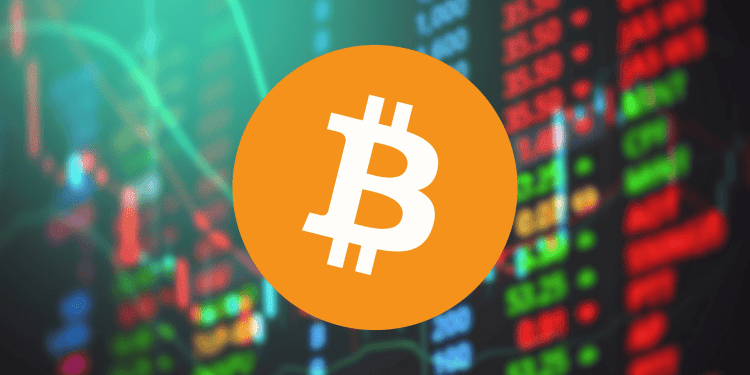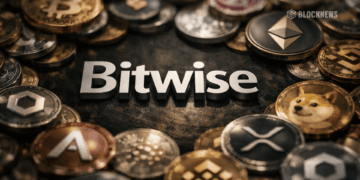- U.S. spot bitcoin ETFs have topped $200 billion in cumulative trading volume just three months after launching, led by major providers like BlackRock.
- BlackRock’s IBIT ETF leads the volumes, holding over 265,000 bitcoins worth more than $18 billion and comprising nearly 50% of the total spot ETF volume.
- The success of U.S. spot bitcoin ETFs has prompted applications in other markets like Hong Kong, where regulators are expected to approve the first spot bitcoin ETFs in Asia this month.
U.S. bitcoin exchange-traded funds (ETFs) have seen immense growth and adoption since launching just three months ago.
Trading Volume Tops $200 Billion
According to data from The Block, the total volume for SEC-approved bitcoin spot ETFs surpassed $200 billion on Tuesday. This comes after the funds saw a record monthly volume of $111 billion in March, triple that of February.
The ETFs debuted on January 11th when bitcoin traded around $45,000. Since then, bitcoin has climbed to an all-time high above $73,000, boosting interest and trading activity.
BlackRock Leads in Market Share
BlackRock’s IBIT leads in trading volumes, now holding over 265,000 bitcoins worth more than $18 billion. IBIT comprises nearly 50% of total spot ETF volume.
Grayscale’s GBTC and Fidelity’s FBTC rank second and third in market share respectively.
Demand Growing in Asia
The success of U.S. spot bitcoin ETFs has prompted applications in other markets like Hong Kong. Regulators there are expected to approve Asia’s first spot bitcoin ETFs this month, potentially adding more volume.
Institutional Adoption Rising
ETF providers cite surging institutional demand for regulated bitcoin exposure. The funds present an easy vehicle for both retail and professional investors to gain bitcoin price exposure.
The $200 billion cumulative volume indicates growing maturity for bitcoin since the last bull run when ETF hopes were repeatedly dashed.
Mainstream Integration Persisting
The growth of bitcoin ETFs signals widening adoption by traditional finance. This mainstream integration will likely persist as the asset class evolves.














